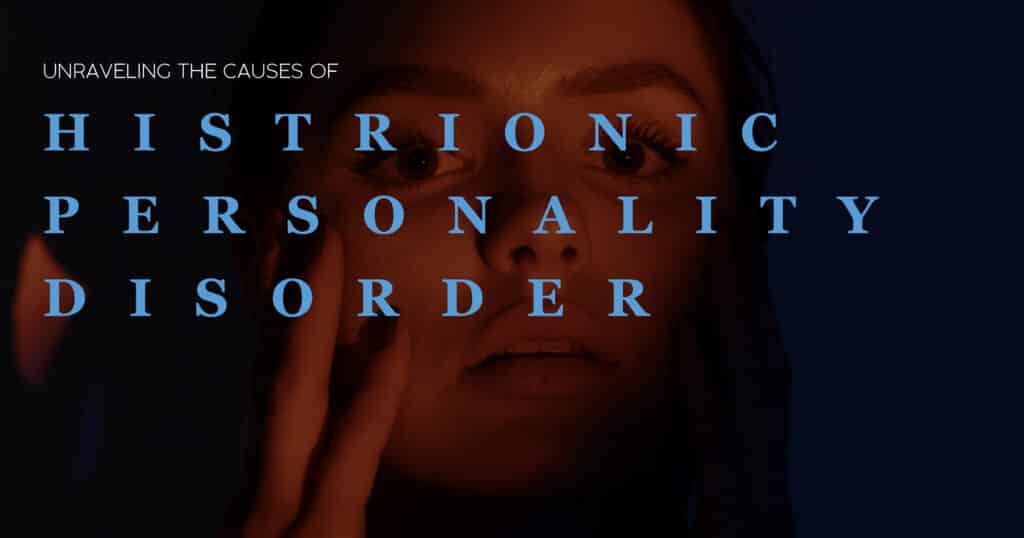Ever wonder what makes us tick? Why some folks seem to bask in the spotlight, craving attention more than anything else? Well, you’re in for a treat because we’re about to dive headfirst into the whirlpool of factors that contribute to Histrionic Personality Disorder (HPD). It’s not just about being dramatic or overly expressive; there’s a whole iceberg of causes beneath the surface. So, buckle up as we embark on this enlightening journey, peeling back the layers to uncover the intricate web of reasons behind HPD. Spoiler alert: It’s more complex than you might think!
A Closer Look at Histrionic Personality Disorder
Before we get down to brass tacks, let’s set the stage by understanding what HPD really entails. Characterized by a pattern of excessive emotionality and attention-seeking behavior, individuals with HPD often display a deep need for approval and struggle with maintaining stable relationships. But what lights the fuse of this flamboyant display of emotions? Let’s find out.
Unraveling the Causes of Histrionic Personality Disorder
The Genetic Blueprint
- Inherited Traits: Just like eye color or height, the propensity for HPD might just be written in your DNA. Studies suggest that certain personality traits associated with HPD, such as extraversion or emotionality, can be inherited.
The Environment’s Role
- Childhood Dynamics: Ever heard the saying, “The apple doesn’t fall far from the tree?” The environment we grow up in, including our family dynamics, can significantly impact our development. For instance, inconsistent parenting or a lack of genuine emotional warmth can set the stage for HPD.
- Cultural Influences: Don’t underestimate the power of cultural norms and media portrayals. In societies that valorize extraversion and stigmatize introversion, the seeds of HPD might find fertile ground.
Psychological Factors
- Coping Mechanisms: Sometimes, the behaviors associated with HPD are simply coping mechanisms gone awry. Seeking attention might have been a strategy for getting needs met in an environment where they were ignored or inadequately addressed.
Frequently Asked Questions
Can HPD be cured?
While “cured” might not be the word, with the right therapeutic approach, individuals with HPD can lead fulfilling lives and improve their interpersonal relationships.
Is HPD more common in men or women?
Historically, HPD has been diagnosed more frequently in women, but this may reflect gender biases in diagnosis rather than true prevalence.
How is HPD diagnosed?
Diagnosis typically involves a thorough psychological evaluation, including an assessment of the individual’s history, behavior patterns, and how these impact their life.
Beyond the Curtain: Understanding and Empathy
Embarking on the path to understanding HPD is not just an academic exercise; it’s a step towards fostering empathy and support for those affected. By unraveling the causes of Histrionic Personality Disorder, we pave the way for more compassionate, effective approaches to mental health.
Key Takeaways for Navigating HPD
- The causes of HPD are like a tapestry woven from genetic, environmental, and psychological threads.
- Understanding the origins of HPD can demystify the condition, reducing stigma and opening doors for empathy and support.
- Seeking professional help is crucial for managing HPD. Therapies such as cognitive-behavioral therapy (CBT) can be particularly effective.
Looking Forward: From Insight to Action
As we wrap up our journey through the complexities of HPD, let’s remember that understanding is the first step towards change. For those navigating life with HPD, and for their loved ones, knowledge about the disorder’s causes offers hope and direction.





